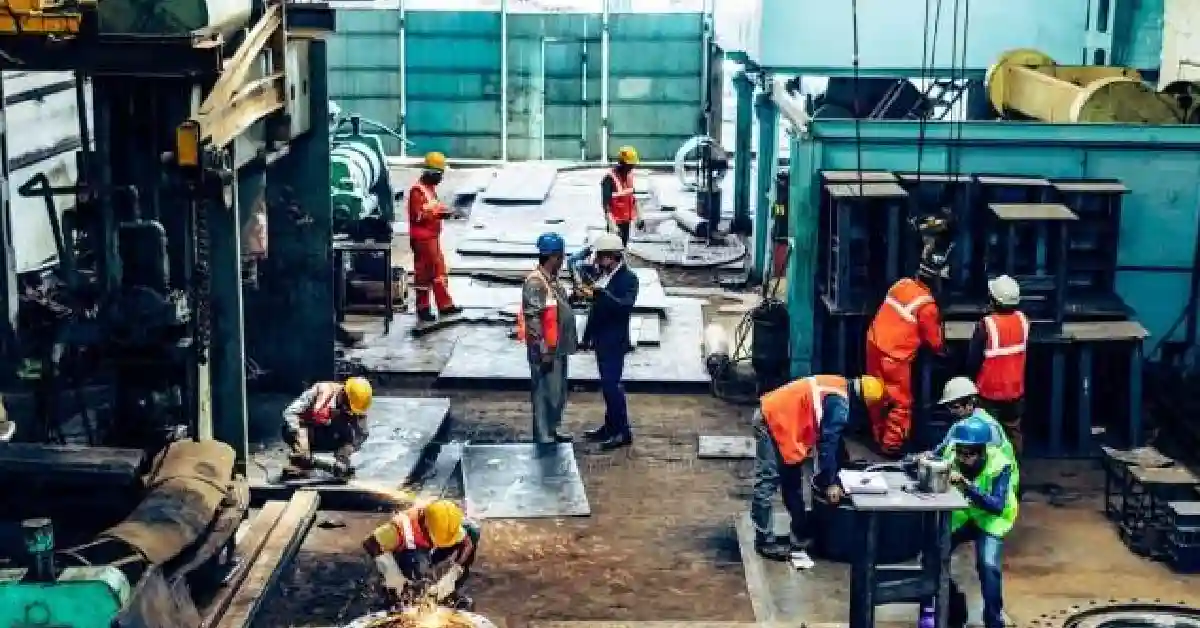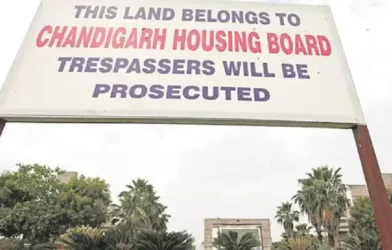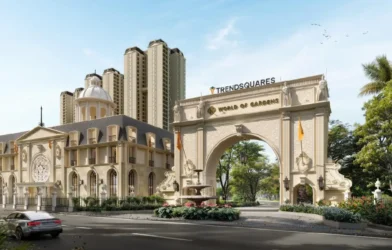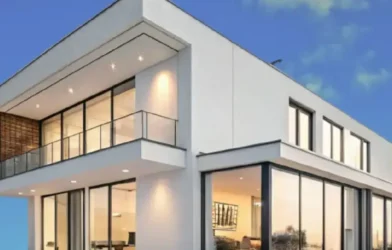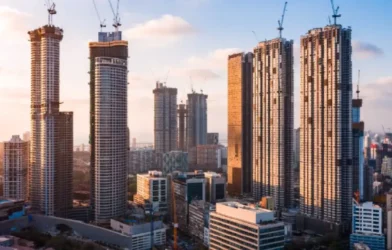Subtotal ₹0.00
In the fast-evolving real estate landscape where large new industrial hubs are coming up across the country, real estate developers need to focus on large-scale budget housing to meet the rising housing needs of the industrial workers.
By Sanjiv Kathuria, Founder & CEO Torbit Realty
In the early 80’s we witnessed information technology revolution. Realizing the need for skilled manpower in the field of computer software and hardware, a large number of private colleges across the length & breadth of the country together with government institutions, started producing skilled workers. This skilled manpower was quickly picked up by international companies led by America, either directly or through large Indian IT companies which saw this as a huge opportunity to export skilled IT professionals to all parts of the world.
Later, we saw the emergence of dotcom era when coding became the most sought-after skill & coders were handpicked at lucrative salaries. The IT revolution rewarded not only people employed in IT companies but also helped boost the country’s economy. Indirectly, Indian IT professionals from across the world, repatriated billions of dollars back home which flowed into the Indian economy, with real estate sector as a major beneficiary.
This growing phenomenon fuelled the growth of mid and large size IT companies in India which employ lacs of young IT skilled people. These IT professionals drawing handsome salaries and having large disposable income, were instrumental in boosting consumption by buying apartments, cars and other consumables. Today, however, AI is threatening tyhe jobs of coders, who over the last many years are stuck with their knowledge and not updating it to make the existing IT infrastructure efficient and relevant as per the current needs. Consequently, we have been seeing mass layoffs in the IT companies, be it Microsoft, Google, Oracle or even TCS.
Sensing this contingency, the government was smart enough to give a big push to physical and digital infrastructure and logistics through flagship programmes like ‘Make in India’ and Gati Shakti, to support manufacturing industry. As a result of this, large scale industrial hubs have been coming up in all major states of Gujarat, Uttar Pradesh, Telangana, Andhra Pradesh, Tamil Nadu etc through initiatives for planned greenfield industrial and smart cities like Dholera and Yamuna Industrial Development Authority.
We are already manufacturing record numbers of I phones in India and have also started manufacturing semiconductor chips. The automobile industry is poised for a humongous growth in India, providing large scale manpower employment. So is the case with aerospace and pharmaceutical sector, supporting a large scale MSME industrial units mushrooming in states like Uttar Pradesh. As new industrial areas are coming up in Tier 2 and Tier 3 cities, we are going to see a massive manufacturing activity with a large blue collared workforce.
In this fast-changing scenario, real estate developers need to plan large scale affordable housing, high street retail and social infra like schools and hospitals for the industrial workers. Housing requirements have to be met keeping in mind the affordability of the factory work force. There is a big requirement for small 60 mtr. / 100 mtr. / 125 Mtr units in 2B/R, two and a half B/R and 3 B/R units modestly priced at INR 40-50 lakhs to less than INR 1 crore for mass housing. There is an urgent need for the real estate developers to align their development strategy with the ‘Make in India’ vision of the government, to make most of the opportunity.




